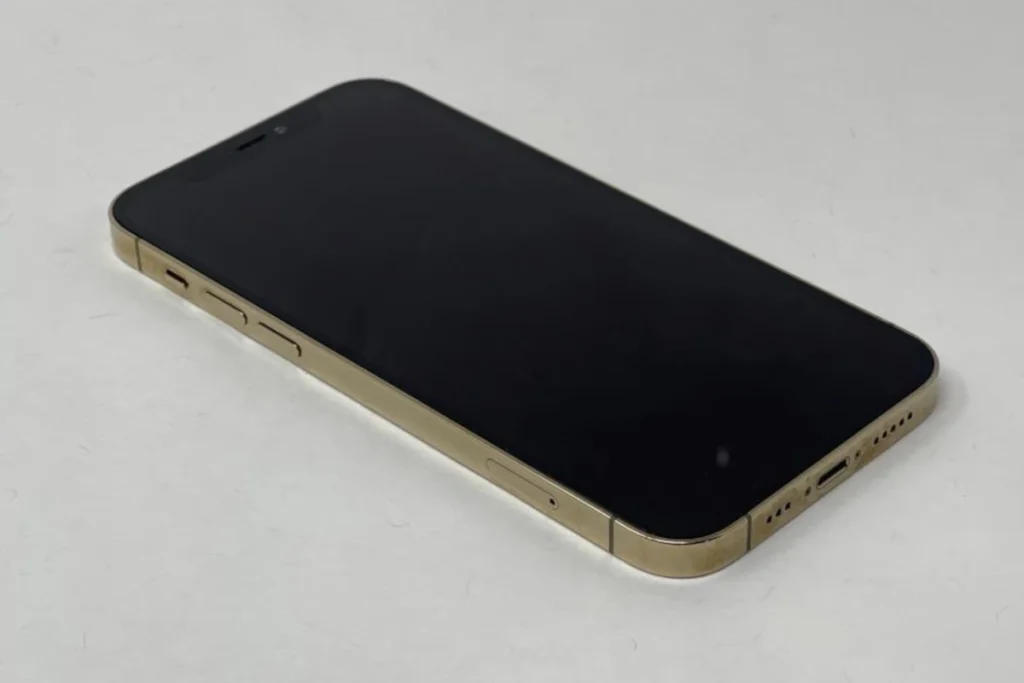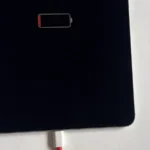When your iPhone keeps dying, it’s an issue that can interrupt your day and lead to frustration. A battery that drains faster than normal is a common concern among iPhone users. Identifying the cause is the first step in finding a solution. The performance of an iPhone battery can decline due to various factors. These include battery health, which reduces over time, and the device’s exposure to extreme temperatures or software updates which might increase power consumption.
Understanding your iPhone’s battery health is fundamental in maintaining its longevity. Checking the battery’s health status will give you an indication of its capacity to hold a charge and if it might need a replacement. However, the solution could be as simple as adjusting settings that are draining the battery quickly, such as screen brightness, or turning on Low Power Mode.
Troubleshooting battery issues can be a methodical process. It’s important to monitor how different apps affect your battery life. If the problem persists, a force restart might help. In the case of older models, degraded batteries are often the culprits for the device shutting off unexpectedly, and a replacement may be necessary to resolve the ongoing issues.
🔋 Common Reasons Your iPhone Keeps Dying
- Battery Health Degradation
- Over time, lithium-ion batteries lose capacity.
- If your battery health (found in Settings → Battery → Battery Health & Charging) is below 80%, it may no longer hold a stable charge.
- A degraded battery can cause sudden shutdowns even when the phone shows 20–40% remaining.
- Software Glitches or iOS Bugs
- A corrupted app or buggy iOS update can cause unexpected restarts or battery drain.
- Temporary software issues can often be fixed with an update or reset.
- Overheating
- iPhones automatically shut down when they get too hot to prevent hardware damage.
- Using your phone in direct sunlight, while charging, or during gaming can trigger this.
- Background Apps & Power-Hungry Settings
- Apps running in the background, location services, or push notifications can drain power quickly.
- Hardware or Water Damage
- Internal damage (from drops or moisture) can cause unstable battery connections or short circuits (source: WikiHow).
🧰 Step-by-Step Troubleshooting Tips
1. Check Battery Health
- Go to Settings → Battery → Battery Health & Charging.
- If “Service” appears, your battery likely needs replacement.
2. Force Restart Your iPhone
- For iPhone 8 and later:
Press and quickly release Volume Up, then Volume Down, then hold Side Button until the Apple logo appears. - This can clear temporary software bugs (source: Lifewire).
3. Update iOS
- Go to Settings → General → Software Update.
- Apple often releases patches that fix battery and shutdown issues.
4. Check for App Issues
- Review Settings → Battery to see which apps use the most power.
- Delete or update any app that drains battery excessively.
5. Reset All Settings
- Go to Settings → General → Transfer or Reset iPhone → Reset → Reset All Settings.
- This won’t delete your data but resets system preferences that may cause instability.
6. Avoid Extreme Temperatures
- Keep your iPhone between 32°F and 95°F (0°C to 35°C).
- Avoid saunas, hot cars, or freezing conditions (source: SimplyMac).
7. Try Charging with an Official Cable
- Faulty or uncertified Lightning cables can cause inconsistent charging or power delivery.
8. Restore iPhone via Finder or iTunes
- Back up your data first.
- Then restore to factory settings to eliminate software corruption.
⚙️ When to Seek Professional Help
If your iPhone:
- Shuts down even after a factory reset,
- Shows “Service” under Battery Health, or
- Doesn’t respond to charging,
…it’s time to contact Apple Support or visit an Apple Authorized Service Provider. You can also check out DIY repair resources like iFixit’s iPhone Battery Guide if you’re comfortable with self-repair.
✅ Quick Prevention Tips
- Keep iOS updated.
- Avoid full discharges (try to stay between 20–80% battery).
- Use certified chargers.
- Don’t use your iPhone in extreme heat or cold.
- Periodically restart your device to clear background processes.
💡 Bottom Line
If your iPhone keeps dying, the issue usually comes down to battery health, overheating, or software errors. Start with simple fixes like checking battery health, updating iOS, and resetting settings. If the problem persists, a battery replacement or professional repair is likely the best solution.
Key Takeaways
- iPhone battery issues can disrupt daily use and are often caused by declining battery health or power-hungry settings.
- Checking battery health and adjusting settings can extend battery life.
- Systematic troubleshooting may resolve battery problems, but older batteries may require replacement.
Understanding iPhone Battery Health
iPhone batteries degrade over time, which can affect both their lifespan and performance. This section explores what impacts battery health and how users can monitor it.
Factors Affecting Battery Life
Several elements play a role in how long an iPhone battery lasts. Usage patterns such as screen brightness and running intensive apps can drain the battery faster. The battery’s age also matters; older batteries tend to deteriorate. Environmental factors like extreme temperatures can negatively impact battery health too.
- Age: The chemical aging process is inevitable, reducing battery capacity over time.
- Usage: Heavy or frequent charging cycles can expedite battery wear.
- Temperature: iPhones operate best at room temperature, with extremes causing potential harm.
Checking Battery Health and Updates
Apple’s iOS gives users a clear picture of their iPhone’s battery health. To check this, one can go to the Settings app and navigate to Settings > Battery > Battery Health. Here, users can see the Maximum Capacity, which shows the battery’s capacity relative to when it was new. They can also see if their iPhone’s battery is supporting normal peak performance or if the performance management feature that prevents unexpected shutdowns has been turned on due to a compromised battery.
- Maximum Capacity: Indicative of battery health; lower percentages mean more wear.
- Peak Performance Capability: A status that can indicate if the battery’s condition has significantly diminished.
iOS updates can affect battery performance as well. New updates may offer improvements or adjustments to battery health management systems. Users should maintain the current software version by going to Settings > General > Software Update to keep their iPhone running optimally.
Troubleshooting and Resolving Battery Issues
Having an iPhone that keeps dying can be frustrating. This section will help users improve their iPhone’s battery life and solve common issues. It covers settings optimization, steps for addressing battery drain, and when to seek professional support from Apple.
Optimizing Settings for Better Battery Life
Users can extend their iPhone’s battery life by adjusting settings. First, screen brightness can drain the battery, so setting the brightness to a low comfortable level is vital. Users can enable Auto-Brightness to adjust the screen based on ambient light. Also, turning on Low Power Mode saves energy by reducing background activity. To do this, go to Settings, tap Battery, and toggle on Low Power Mode. Another helpful tip is to limit Background App Refresh for apps that don’t need constant updates.
Steps to Fix Common Battery Drain Problems
If battery issues persist, users should try to fix the problem with a few steps. They can restart the iPhone to see if it resolves the issue. If not, checking battery health under Settings > Battery may be necessary. Sometimes, performance management features are needed to prevent unexpected shutdowns. If the battery still drains fast, restoring factory settings may help. Before doing this, it is important to back up data. Users go to Settings, select General, tap Reset, and choose Erase All Content and Settings for a fresh start.
When to Contact Apple Support
There are cases where users should seek help from Apple Support. If the iPhone has hardware problems or if battery health is significantly degraded, this may be the best course of action. Users can contact support for service options if their device still dies quickly after trying all fixes or if the battery drains unusually fast even after a factory restore. Apple provides services and support for battery issues and can offer a professional assessment of the iPhone’s condition.







